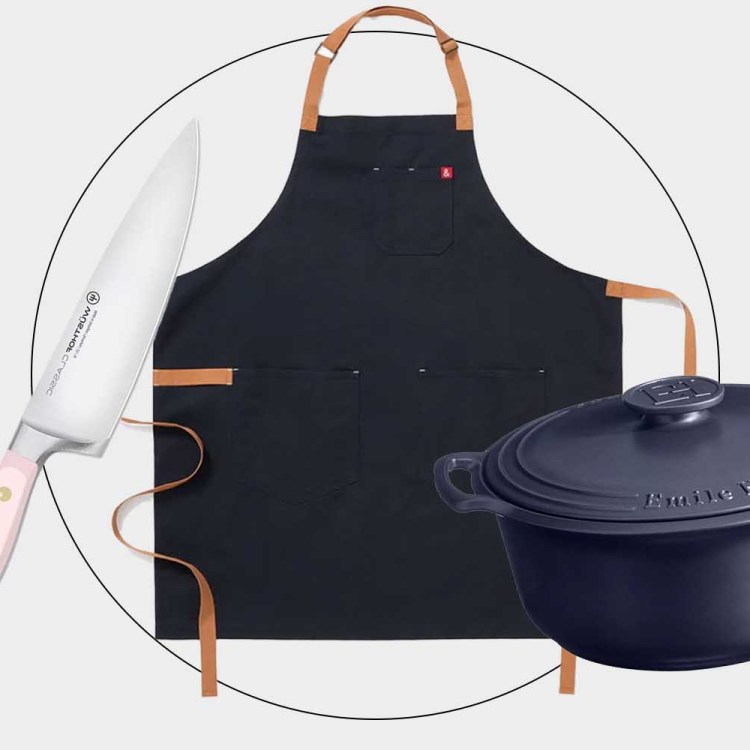Even the most dedicated omnivores can sometimes pause to consider the ethics of preparing and eating meat. That may help explain why ikejime, a traditional Japanese method of getting fish ready to be cooked and eaten, has been finding more and more advocates around the globe.
Ikejime offers what seems like an ideal combination: it both kills fish in a more humane manner and results in more flavorful meat, according to its proponents. At 1843, Katherine Waters looked into the history of this technique and explored why it’s having its international moment in the spotlight now.
Ikejime prolongs the length of time for which the flesh remains fresh beyond other methods of slaughter, meaning chefs can take advantage of a greater range of textures and control the development of umami as the fish ages. What’s better for the chef is also better for the fish: ikejime involves ending the fish’s life in the least stressful way, as soon as it comes out of the water.
A look back into Japan’s culinary history helps to explain why this technique was developed there: the nation spent over 1,200 years avoiding meat entirely. When your national diet focuses more on fish and vegetables, it stands to reason that people will come up with innovative ways to prepare both: and thus, ikejime.
In her article, Waters describes the unexpected combination of textures encountered when eating fish prepared in this manner. She writes, “while there’s depth to the flavour because the umami has had time to develop, it still tastes freshly caught.”
And, she notes, it’s a far more humane technique than what the British fishing industry generally uses. That may be why more and more chefs in London and around the globe are adopting it — it’s a combination of ethics and pragmatism that also tastes delicious.
Subscribe here for our free daily newsletter.
Join America's Fastest Growing Spirits Newsletter THE SPILL. Unlock all the reviews, recipes and revelry — and get 15% off award-winning La Tierra de Acre Mezcal.


















